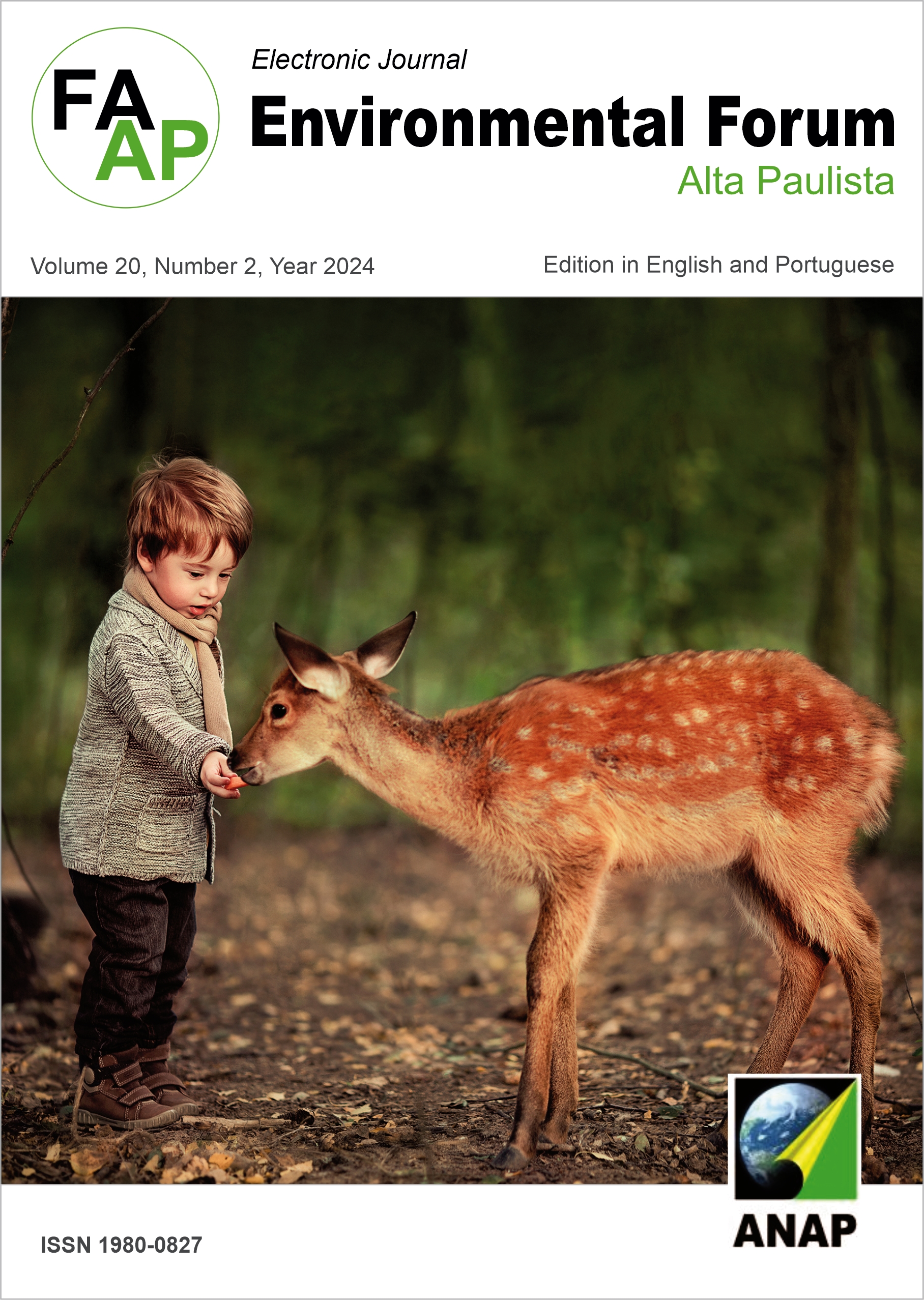Evaluation of the potential of organic dyes for the production of nanocrystalline solar cells
DOI:
https://doi.org/10.17271/1980082720220245000Keywords:
Solar energy, Organic photovoltaics, Renewable energyAbstract
With the increase in global energy demand and the necessity to reduce greenhouse gas emissions, the need to generate energy from clean and renewable sources is undeniable. In this context, solar energy stands out as a promising energy source because it is inexhaustible and has reduced environmental impacts compared to other energy sources. The present study aimed to fabricate and evaluate the efficiency of a Dye-Sensitized Nanocrystalline Solar Cell (DSSC) through the preliminary assessment of the transmittance of different tea-based dyes using optical spectroscopy. To obtain the dyes, different teas were used: mate, apple with cinnamon, apple with vanilla, lemongrass, fennel, red fruits, and mint in various concentrations. These were then subjected to optical reading at transmittance wavelengths (400 nm to 900 nm). A DSC was produced for efficiency evaluation, which was conducted through Voltage vs. Current and Power vs. Resistance relationships. The results obtained from the transmittance analysis of the dyes showed that the higher the dye concentration, the lower the transmittance. Among the teas evaluated, red fruit tea at the highest concentration achieved the best result. The electrical characterization performed on the cell produced with the red fruit tea dye showed maximum power values of 8 µW for a 700 Ω load resistance. The technique employed for the preliminary transmittance analysis of the dyes yielded satisfactory results in terms of cost reduction and rapid applicability.
Downloads
Downloads
Published
Issue
Section
License

This work is licensed under a Creative Commons Attribution-NonCommercial-ShareAlike 4.0 International License.












